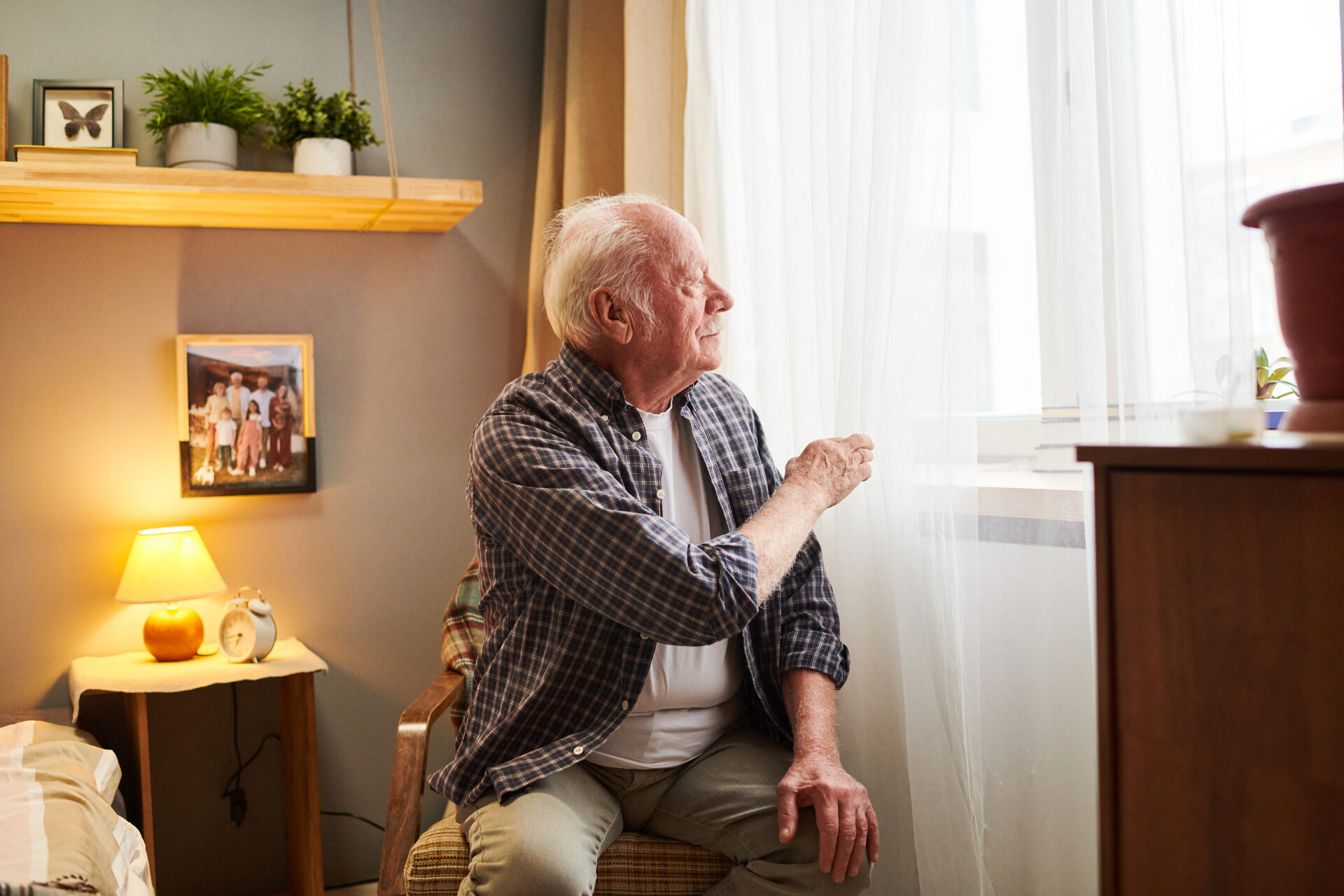As our loved ones age, ensuring their safety becomes a top priority. Fall detection systems have emerged as a crucial tool in safeguarding seniors. However, with these advancements, senior privacy concerns have also come to the forefront. How can we balance the need for safety with the right to privacy? Understanding the intricacies of both aspects is essential for creating a harmonious environment for our elderly population.
In this article, we will delve into the world of fall detection and explore the senior privacy concerns associated with it. We aim to provide insights into how technology can be used to protect our seniors while respecting their dignity and privacy. Lets explore the benefits, challenges, and solutions that lie in this critical intersection.

What is Fall Detection?
Fall detection refers to systems and technologies designed to identify when a person has fallen, especially in the context of elderly care. These systems can automatically alert caregivers or emergency services, ensuring timely assistance. The primary goal is to reduce the response time in emergencies, potentially saving lives and preventing further injury.
Types of Fall Detection Systems
There are various types of fall detection systems, each with unique features and functionalities:
- Wearable Devices: These include smartwatches and pendants that detect falls using motion sensors.
- Non-Wearable Systems: These systems use technologies like radar, cameras, or floor sensors to detect falls without requiring the senior to wear a device.
- Smart Home Integrations: Utilizing IoT devices, these systems integrate with smart home technologies to provide comprehensive safety solutions.
Senior Privacy Concerns
While fall detection systems offer significant safety benefits, they also raise senior privacy concerns. It’s crucial to address these concerns to ensure that seniors feel comfortable and respected in their living environments.
Data Privacy
One of the primary privacy concerns is data security. Many fall detection systems collect and store personal data, which can be vulnerable to breaches if not properly secured. It’s essential to ensure that data is encrypted and access is limited to authorized personnel only.
Intrusiveness
Some seniors may find certain fall detection technologies intrusive, especially those involving cameras or constant monitoring. It’s important to choose systems that balance safety with minimal intrusion, allowing seniors to maintain their sense of autonomy.
Balancing Safety and Privacy
Finding a balance between safety and privacy is key to ensuring the well-being of seniors. Here are some strategies to consider:
Consent and Communication
It’s important to involve seniors in the decision-making process when selecting fall detection systems. Open communication about the benefits and limitations can help alleviate concerns and ensure that their preferences are respected.
Choosing Privacy-Friendly Solutions
Consider using privacy-friendly fall detection solutions, such as those that do not involve cameras or have customizable privacy settings. For more information on privacy-friendly options, you can visit this source.
The Role of Technology in Elderly Care
Technology plays a significant role in improving the quality of care for seniors. It offers solutions that enhance safety, independence, and quality of life, while also addressing privacy concerns.
Smart Home Technology
Smart home technology can be integrated with fall detection systems to provide comprehensive care solutions. These technologies allow seniors to live independently while ensuring their safety. For more insights on smart home technology for seniors, check out this source.
Conclusion: A Balanced Approach
In conclusion, while fall detection systems are vital for ensuring the safety of seniors, it is equally important to address senior privacy concerns. By choosing privacy-friendly solutions and maintaining open communication with seniors, we can create an environment where they feel safe, respected, and independent.

Frequently Asked Questions (FAQs)
1. How do fall detection systems work?
Fall detection systems use sensors to detect unusual movements that might indicate a fall. When a fall is detected, the system alerts caregivers or emergency services for a quick response.
2. Are fall detection systems intrusive?
Some systems might be perceived as intrusive, especially those using cameras. However, there are privacy-friendly options available that do not use visual monitoring.
3. Can seniors opt out of fall detection monitoring?
Yes, seniors can choose whether or not to use fall detection systems. It’s crucial to involve them in the decision-making process to ensure their comfort and consent.
This article contains affiliate links. We may earn a commission at no extra cost to you.






